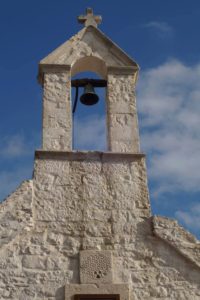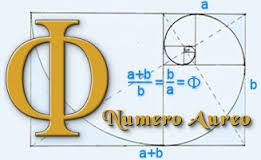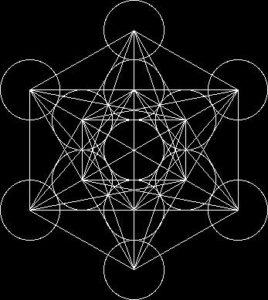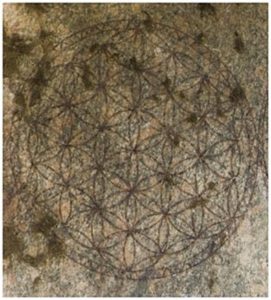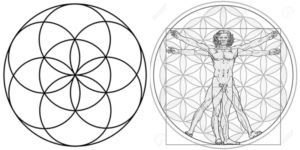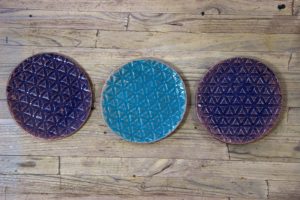Vogliamo rafforzare la consapevolezza di noi tutti riguardo il periodo storico che stiamo vivendo. Poi potremmo proporre anche azioni concrete che partano dal basso, speriamo. Il futuro é nelle nostre mani, nella nostra testa, nei nostri comportamenti.
!!! MAPPA ITALIA: www.piersoft.it/covid19 !!!! CASI CONFERMATI IN ITALIA: www.protezionecivile.gov.it !!! CASI CONFERMATI NEL MONDO: www.who.int
AGGIORNAMENTO EMERGENZA COVID-19 al 04-04-2020.
Autore: Staff Dispensa dei Tipici
-
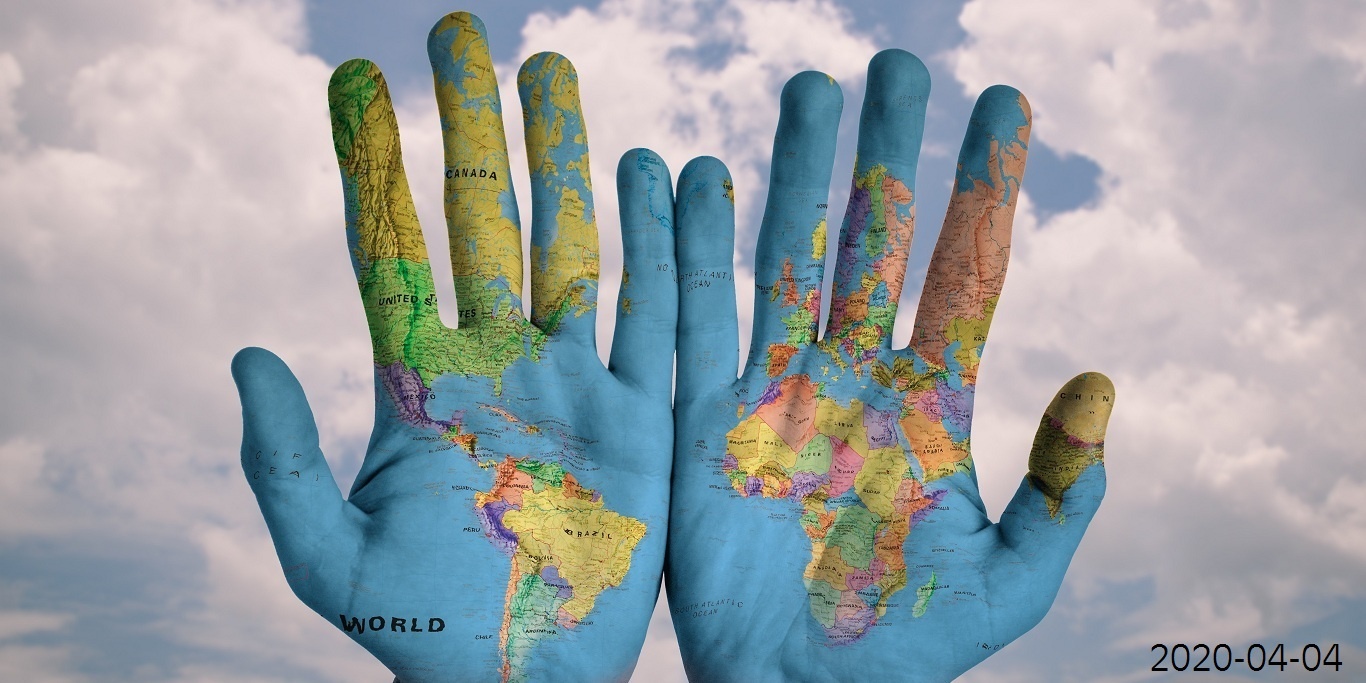
AGGIORNAMENTO EMERGENZA COVID-19 al 04-04-2020
-

THE WORKSHOP OF WONDERS WILL SAVE US
THE WORKSHOP OF WONDERS WILL SAVE US.
To define our future by drawing inspiration from the great masters of the past is the only way to contrast the nihilism of the soul.
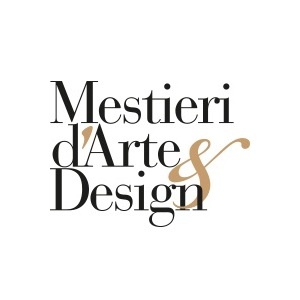
it is a news by www.mestieridarte.it
The Métier d’Art is a living matter. In fact it is life itself. Man-mind-matter is Franz Botré’s mantra. And the director and editor of Swan Group (link: www.arbiter.it) is the man who, together with Franco Cologni and the prestigious eponymous Foundation (link: www.fondazionecologni.it), conceived this magazine (link: www.mestieridarte.it), which is an ode to beauty.
Man can think and imagine. Man elaborates ideas in his mind, develops and moulds them, cuts, sews, directs, interprets and adapts. In other words, man creates. Matter can be shaped into small but beautiful masterpieces of ingenuity. This ancient yet contemporary liturgy is expressed in modern design, the alchemical formula that gives new life to the workshop because it is the most fitting and elegant definition of the concept that encompasses production and trade, which has made our cities indeed our civilizations, great. Let us take a look around us, in Italy and indeed the whole world.
It is important to understand what “to learn and train in the workshop” really means. In the fifteenth century, Leonardo da Vinci was educated in the studio of Verrocchio, Michelangelo learned from Ghirlandaio. The workshop was were teaching, learning, testing, experimenting, collaboration and the creation of one’s identity took place. They were painters, artists. But they were experimenting with new techniques every day, stimulated by the requests of their customers.
Other artisans lived and worked with them, master carpenters, masons, builders. Look at the historical heart of any city. A simple task in my case , talking about my hometown Florence. Brunelleschi’s Cupola, the harmony of the Baptistery (originally a temple dedicated to the god Mars), the Tower of Arnolfo which soars above Palazzo Vecchio since the Middle Ages. The frescoes. The wrought iron. The sculpted marble. The stained glass windows.
Think. Think carefully. There weren’t any universities with specialisation courses. There was no such thing as a faculty of engineering or architecture. And then they hauled tonnes of marble into the air. Blocks that formed graceful designs. There was no industry. But look at what has remained. The woodwork, the inlays, the gilded altarpieces in the Sacristy of San Lorenzo are absolute masterpieces, regardless of who made them.
Where did those artisans learn their craft? Where did the learn the secrets of those techniques?
At the workshop. This essential concept alone will allow us to reinforce mankind’s true heritage, the Métier d’Art.
We should look at how Japan safeguards “living national treasures”, namely its artisan-artists. We should take good notice of how Foundations strenuously fight back the advance of nihilism (ad nihil, the lack of orientation towards the purpose of life). You can read a story in a piece of Meissen pottery, breathe the atmosphere of the tenth century, during the Tang dynasty, relive the spirit of adventure which, three centuries later, would lead the legend of Marco Polo along the Silk Route. The same spirit that made Johann Friedrich Bottger turn porcelain into his philosopher’s stone.
The workshop means manual skills, the handing down of ancient traditions, manufacturing crafts and taste for beauty. Modern man cannot alienate his own legacy.Be it a piece of Murano blown glass, a complication conceived on an island in Geneva, the creation of a stringed instrument, a piece of furniture that stands out in a residence that has turned contemporary living into a mission.
It is with this spirit, dedicated to beauty, joy, the manual skills of today, that we are setting out on this journey, to give value to our productions. I say “our” because I am not referring to a particular area, but to a social context in which wisdom, curiosity and the love for beauty can bring distant peoples together. Both in Italy and around the World, thanks to the invaluable support of Vacheron Constantin (link: www.vacheron-constantin.com), which, guided by its mission, enables the internationalisation of the new number of this magazine of wonders (link: www.issuu.com).
Written by Gianluca Tenti for magazine Mestieri d’Arte & Design, Anno II, Numero 2, April 2013, pag.11;
(link: www.issuu.com)
Mestieri d’Arte & Design is an editorial project dedicated to the excellence in Italian and international artisanship, to its origins and to its relationships with creativity and style. Not only stories and products but also materials, techniques, ateliers, schools are narrated onto its pages. And above all, the masters: the artisans.
You can read all volumes of magazine Mestieri d’Arte & Design
(link: www.mestieridarte.it)It is a project by Fondazione Cologni dei Mestieri d’Arte (link: www.fondazionecologni.it) and Symbol s.r.l. (link: www.arbiter.it)
photo credits
(link: www.pixabay.com)#Tipici
#Puglia #Basilicata -

LA BOTTEGA DELLE MERAVIGLIE CI SALVERÁ
LA BOTTEGA DELLE MERAVIGLIE CI SALVERÁ.
Trarre ispirazione dai grandi del passato per definire il nostro futuro. Solo cosí possiamo contrastare il nichilismo dell’anima.

é una news di www.mestieridarte.it
Il Mestiere d’Arte é materia viva. Anzi, é vita. Uomo-mente-materia come sillaba da sempre Franz Botré, direttore ed editore di Swan Group (link: www.arbiter.it), l’uomo che ha voluto insieme con Franco Cologni (link: www.fondazionecologni.it) e la prestigiosa omonima Fondazione questo inno alla bellezza (link: www.mestieridarte.it).
L’uomo che pensa, immagina. Elabora nella mente, sviluppa, plasma, taglia, cuce, conduce, interpreta, adatta. In altre parole crea. La materia che prende forma e si afferma come piccolo-grande capolavoro dell’ingegno. É una liturgia antica eppure contemporanea, che ha trovato nel design la formula alchemica capace di dare nuova linfa alla vita della bottega. Scrivo bottega perché é la piú elegante definizione di quel concetto commercio-laboratorio che ha fatto grandi le nostre cittá, le nostre civiltá. Guardiamoci intorno, in Italia come nel mondo.
Rendiamoci conto di cosa voglia dire “andare a bottega”. Nel XV secolo Leonardo da Vinci andava a bottega dal Verrocchio, Michelangelo imparava dal Ghirlandaio. La bottega era il luogo dell’insegnamento, dell’apprendimento, della prova, dell’esperimento, della collaborazione, della creazione di sé. Erano pittori, artisti. Ma continuavano a sperimentare ogni giorno nuove tecniche, eseguivano per nuove committenze.
Accanto a loro vivevano e lavoravano altri artigiani. I mastri falegnami, gli scalpellini, i muratori. Prendete una cittá qualunque, nel suo core storico. Per me é semplice, parlando della mia Firenze. La Cupola del Brunelleschi, l’armonia del Battistero (in origine tempio dedicato al dio Marte), la Torre d’Arnolfo che svetta dal Medioevo sopra Palazzo Vecchio. Gli affreschi. I ferri. Il marmo scolpito. Le vetrate artistiche.
Pensate. Pensateci bene. Non esistevano le universtitá con le specializzazioni odierne. Non esistevano le facoltá di ingegneria e architettura. Eppure issavano nel vuoto quintali di marmo. Blocchi che andavano incastonati in un disegno armonioso. Non c’era l’industria. Eppure guardate cosa é rimasto. Entrate nella Sacrestia di San Lorenzo, osservate i legni, gli intarsi, gli ori nelle finiture di quelle pale d’altare che sono capolavori dell’arte, al netto del nome di chi li ha realizzati.
Dove imparavano quegli artigiani? Dove apprendevano i segreti di quelle lavorazioni?
A bottega. Ed é da questo concetto che dobbiamo ripartire per rafforzare il vero patrimonio dell’umanitá che é appunto il Mestiere d’Arte.
Guardiamo al Giappone e alla maniera con la quale vengono tutelati i “tesori nazionali viventi”, ovvero gli artisti-artigiani. Osserviamo con attenzione quanto le Fondazioni si ostinano a difendere davanti all’avanzata del nichilismo (ad nihil, la mancanza di un orientamento verso la finalitá della vita). Osservare una ceramica di Meissen é leggervi una storia, respirare l’atmosfera del decimo secolo, durante la dinastia Tang, rivivere lo spirito d’avventura che tre secoli piú tardi avrebbe guidato lungo la via della Seta la leggenda di Marco Polo, come la riscoperta di Johann Friedrich Bottger che fece della porcellana la propria pietra filosofale.
Significa riscoprire la manualitá di un laboratorio, il tramandarsi di antiche tradizioni, l’abilitá della manifattura, il gusto. L’uomo moderno non puó alienare questo patrimonio del proprio essere. Sia esso un vetro soffiato di Murano, una complicazione nata su un’isola di Ginevra, un liuto che nasce, un mobile che brilla in una dimora che fa della contemporaneitá una missione.
É con questo spirito dedicato alla bellezza, alla gioia, alla manualitá del moderno che affrontiamo questo viaggio teso alla valorizzazione delle nostre produzioni. Scrivo nostre pensando non a un territorio, ma a un contesto sociale nel quale conoscenza, curiositá, senso del bello uniscono popoli distanti. In Italia come nel Mondo grazie alla preziosa missione che porta Vacheron Constantin (link: www.vacheron-constantin.com) a sostenere l’internazionalizzazione di questo nuovo numero delle meraviglie (link: www.issuu.com).
Scritto da Gianluca Tenti per il magazine Mestieri d’Arte & Design, Anno IV, Numero 7, Aprile 2013, pag.5;
(link: www.issuu.com)
Mestieri d’Arte & Design è un progetto editoriale dedicato all’eccellenza artigianale italiana e internazionale, alle sue origini e ai suoi rapporti con la creatività e lo stile. Non solo storie o prodotti, ma anche materiali, tecniche, atelier, scuole, botteghe e gli artefici: i maestri d’arte.Puoi leggere tutti i volumi del magazine Mestieri d’Arte & Design
(link: www.mestieridarte.it)É un progetto di Fondazione Cologni dei Mestieri d’Arte (link: www.fondazionecologni.it) e Symbol s.r.l. (link: www.arbiter.it)
foto credits
(link: www.pixabay.com)#Tipici
#Puglia #Basilicata -
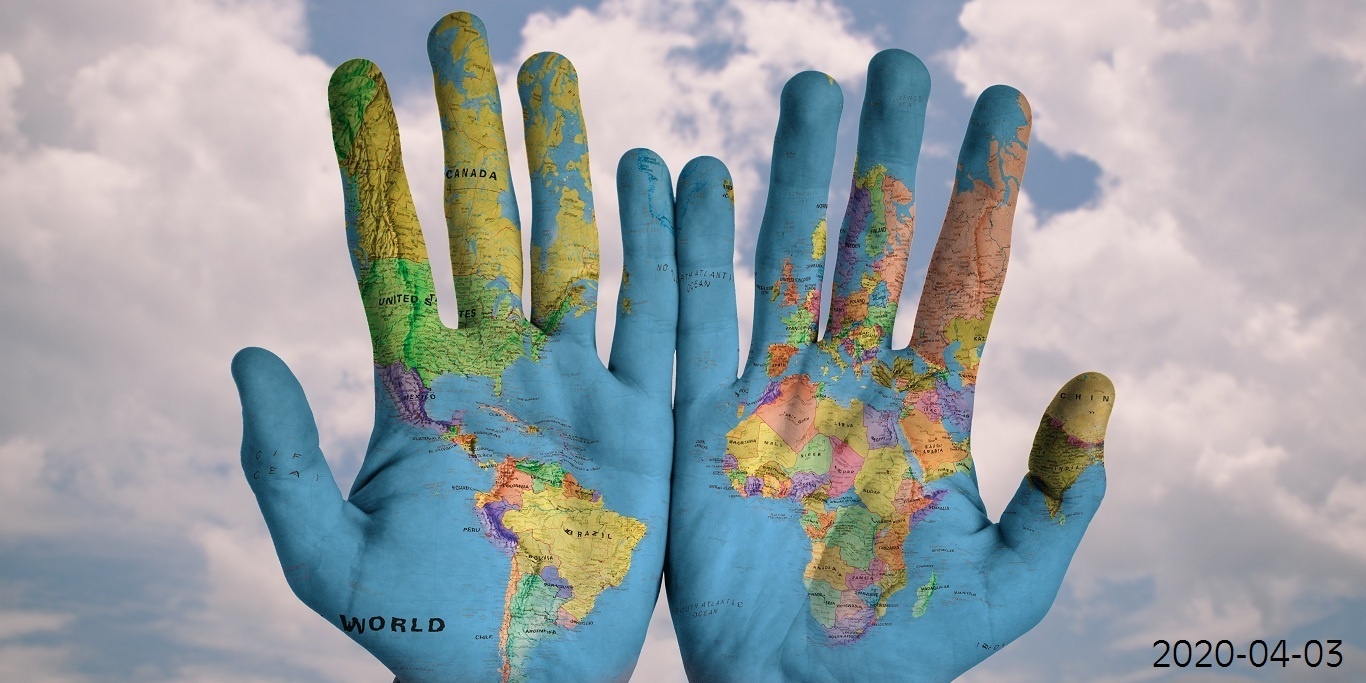
COVID-19 EMERGENCY UPDATE on 2020-04-03
COVID-19 EMERGENCY UPDATE on 2020-04-03.
We want to increase awareness of all of us about the historical period we are experiencing. Then we could also propose concrete actions which start from the bottom, we hope
The future is in our hands, in our heads, in our behaviors.
!!! MAP ABOUT ITALY: www.piersoft.it/covid19
!!!! CONFIRMED CASES IN ITALY: www.protezionecivile.gov.it
!!! CONFIRMED CASES IN THE WORLD: www.who.int
Tips and info to be followed:
!!!! [italian]: www.protezionecivile.gov.it
!!! [english]: www.who.int
-

AGGIORNAMENTO EMERGENZA COVID-19 al 03-04-2020
AGGIORNAMENTO EMERGENZA COVID-19 al 03-04-2020.
Vogliamo rafforzare la consapevolezza di noi tutti riguardo il periodo storico che stiamo vivendo. Poi potremmo proporre anche azioni concrete che partano dal basso, speriamo.
Il futuro é nelle nostre mani, nella nostra testa, nei nostri comportamenti.
!!! MAPPA ITALIA: www.piersoft.it/covid19
!!!! CASI CONFERMATI IN ITALIA: www.protezionecivile.gov.it
!!! CASI CONFERMATI NEL MONDO: www.who.int
-
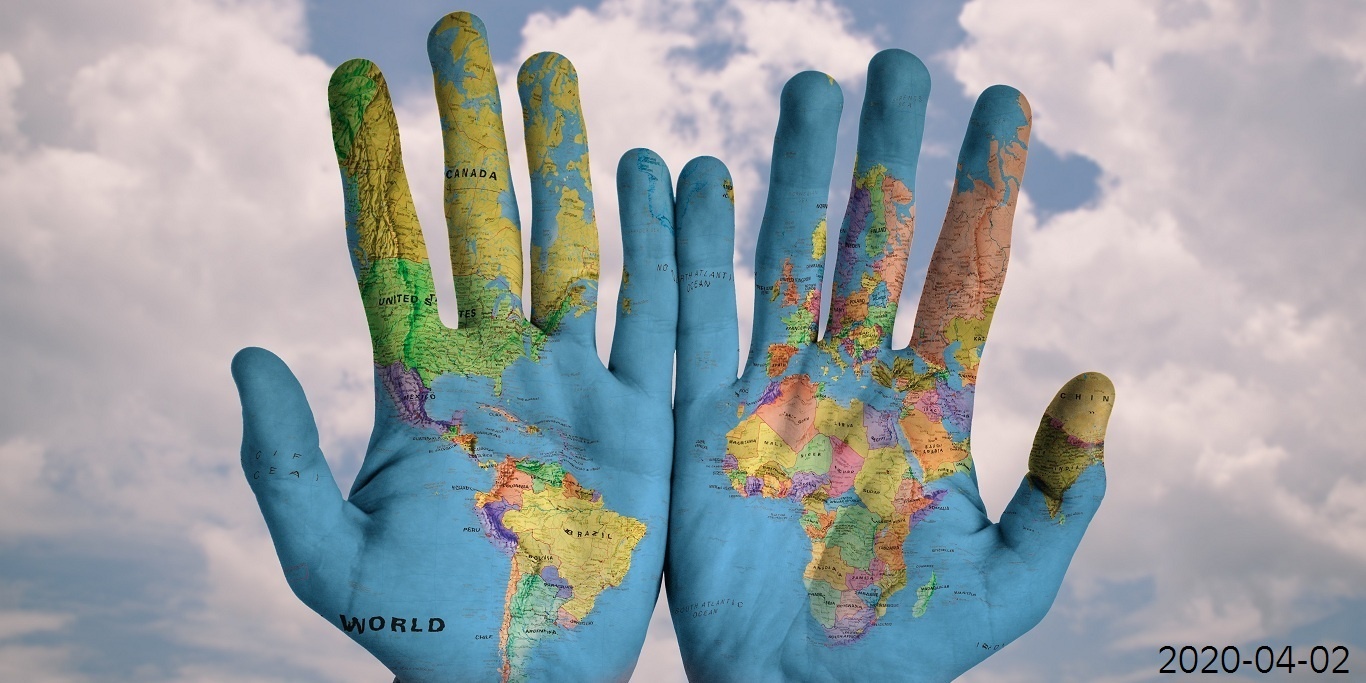
COVID-19 EMERGENCY UPDATE on 2020-04-02
COVID-19 EMERGENCY UPDATE on 2020-04-02.
We want to increase awareness of all of us about the historical period we are experiencing. Then we could also propose concrete actions which start from the bottom, we hope
The future is in our hands, in our heads, in our behaviors.
!!! MAP ABOUT ITALY: www.piersoft.it/covid19
!!!! CONFIRMED CASES IN ITALY: www.protezionecivile.gov.it
!!! CONFIRMED CASES IN THE WORLD: www.who.int
Tips and info to be followed:
!!!! [italian]: www.protezionecivile.gov.it
!!! [english]: www.who.int
-

AGGIORNAMENTO EMERGENZA COVID-19 al 02-04-2020
AGGIORNAMENTO EMERGENZA COVID-19 al 02-04-2020.
Vogliamo rafforzare la consapevolezza di noi tutti riguardo il periodo storico che stiamo vivendo. Poi potremmo proporre anche azioni concrete che partano dal basso, speriamo.
Il futuro é nelle nostre mani, nella nostra testa, nei nostri comportamenti.
!!! MAPPA ITALIA: www.piersoft.it/covid19
!!!! CASI CONFERMATI IN ITALIA: www.protezionecivile.gov.it
!!! CASI CONFERMATI NEL MONDO: www.who.int
Info e regole da seguire:
!!!! [italiano]: www.protezionecivile.gov.it
!!! [inglese]: www.who.int
-

THE FLOWER OF LIFE
THE FLOWER OF LIFE.
Prehistoric contaminations become ceramic. The Flower of Life symbol has been found in: Massada (Israel), Mount Sinai (Egypt), Japan, China, India, Spain, Italy and Germany.
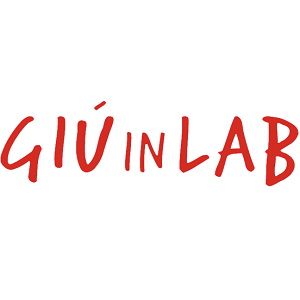
it is a news by www.giuinlab.com
A few years ago, while experiencing a walking around the Valle d’Itria, we reached San Marco one of the several Locorotondo’s neighbors. Since the past, here the countryside was been not too much occupied by men and it was been farmed in each one of its tiny plots. While visiting the medieval origin church San Marco, from this church the neighbor took the name, we spotted a extraordinary stone which was almost like a rose window. This stone still is in the between of the small entrance portal and the bell tower of that San Marco church. This stone was carved in order to obtain several flowers, several flowers so as to have the form of six circles converging in one point. Our curiosity pushed forward us to search for its origin and meaning.
We already knew the Flower of Life symbol has been found in: Massada (Israel), Mount Sinai (Egypt), Japan, China, India, Spain, Italy and Germany.
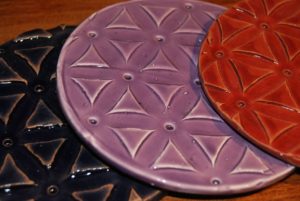
The Flower of Life – Bottle coasters – Crystal on red clay – GiùinLabCeramicheThe worldwide diffusion of that symbol is due to the internationalization of the symbols came to us from prehistory. This Flower of Life symbols was adopted by the Church also, during medieval times, as a wish for resurrection.
We can list several interpretations and meanings abut the Flower of Life symbol:
– by the ancient Celts, as the Sun, it was a symbol for moving forward and regeneration, it was connected to the property of ‘giving new life’ both physical and spiritual; it was used to wish “good luck” to newborns, also used for women looking for a pregnancy;
– also it was a symbol for wishing high energy protection against the negative stuffs, the negative stuffs each one of us find during its daily journey;
– also it was a symbol for spiritual raising, particularly indicated for those who are walking a personal path into spiritual growth; it was supposed this symbol helps in understanding the Self of each one of us;
– also it was a symbol linked to the number six (the flower is composed of six petals) represents the Creation,that is the wheel of life represents the human life flow.
– also it is the most perfect mathematical symbol, with the presence within it of the “golden number“, this number is considered sacred.
– also, using this symbol we obtain the Metatron Cube, made up of five Platonic solids representing the earth, fire, air, water and the fifth essence elements.
The Flower of Life is perfectly represented into the ancient Temple of Osiris in Abydos, represented by Leonardo da Vinci also.
Leonardo da Vinci studied the figure of the Flower of Life and its mathematical properties. He drew geometric figures which can be linked to the Flower of Life
Da Vinci Code (www.youtube.com)
The word “Vesica Piscis” refers to a symbolic figure geometrically composed by the intersection of two circles (with the same radius and whose centers lie one on the circumference of the other). The Latin name, which literally means “fish bladder”, came from the shape of this figure. The symbol was already known in India, in ancient Mesopotamia, in Africa and in Asian civilizations, but it spread widely especially in the Christian context, through the association of the figure to Christ. Subsequently, in the iconographic elaborations that followed, especially in the frescoes and medieval miniated codes, the ‘vesica’ is associated with the image of Christ and the Virgin in majesty, in the iconography also known as “mystical almond“

Flower of Life and Vesica Piscis. Clay prototype (G. Giannoccaro)We get inspired by the symbolism of the Flower of Life, it also is a recurring sign in the Apulian tradition (all our projects are been inspired by Puglia). We represented it on our clays design furniture. We created plates and bottle coasters in addition to other objects, using three clays variety (red, white and black) in order to obtain over thirty different shades of colors. That colors are the main identifying feature of Giù in Lab’s ceramics.
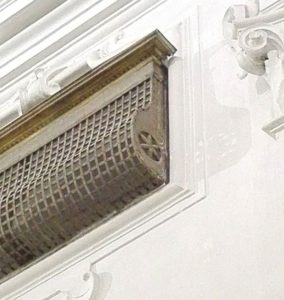
San Leonardo Church in Monopoli.Written by Giambattista Giannoccaro (research, photos and writing) for Giú in Lab
(link: www.giuinlab.com)
Giú in lab. The territory. Inspired by the context.
The needing in obtain ceramic objects for furniture and for everyday use. It was required by our skills. We are architects recovering and renovating old farmhouses and trulli to use them as summer residences or Ho.Re.Ca. activities. Also we like design and create local and contemporary residences. Those led us to imagine, to draw and to produce objects able to speak contemporary local language which respect traditions. We think ceramics, in addition to representing itself and the intellectual depth of the master who produce them, it must have to evokes a story of the places from which they came, also about the “alive” people who are living that places.
You can discover more about Giú in Lab – Ceramics, Architecture and Design workshop.
(link: www.giuinlab.com)It is the Anna Dibello and Giambattista Giannoccaro project.
(link: www.giuinlab.com)photo credits
(link: www.giuinlab.com)#Tipici
#Puglia #Basilicata -

IL FIORE DELLA VITA
IL FIORE DELLA VITA.
Contaminazioni preistoriche si fanno ceramica. Il simbolo del Fiore della Vita è stato ritrovato a Massada (Israele), sul Monte Sinai (Egitto), in Giappone, Cina, India, Spagna, Italia e Germania.

é una news di www.giuinlab.com
Qualche anno fa intenti in una delle nostre escursioni in giro per la Valle d'Itria, siamo tornati nel piccolo villaggio di San Marco nel Comune di Locorotondo. Qui le campagne sono da sempre abitate e coltivate in ogni suo minuscolo appezzamento. Visitando la chiesetta, di origine medievale, che dà il nome all'intero villaggio, ci capita di scorgere una straordinaria pietra, posta quasi come un rosone, fra il piccolo portale di ingresso ed il campanile. Questa è scolpita a formare una serie di fiori che nascono dalla sovrapposizione di sei cerchi convergenti in un punto. Così, la nostra curiosità ci ha portati a ricercare la sua origine e significato.
Oggi sappiamo che il Simbolo del Fiore della Vita è stato ritrovato a Massada (Israele), sul Monte Sinai (Egitto), in Giappone, Cina, India, Spagna, Italia e Germania.
L'ampia diffusione mondiale è dovuta al fenomeno della internazionalizzazione dei simboli che ci arrivano dalla preistoria. Adottato poi anche dalla Chiesa, in epoca medievale, quale simbolo di risurrezione.
Possiamo elencare varie interpretazioni e simbolismi:
– interpretato dagli antichi Celti, come il Sole, simbolo di movimento e di rigenerazione, è collegato alla proprietà del ‘dare una nuova vita’ che sia fisica o spirituale; ottimo porta fortuna da regalare ai nuovi nati, alle donne in cerca di una gravidanza od in dolce attesa;
– Simbolo di alta protezione energetica contro le forze negative, le energie stagnanti che ognuno di noi trova sul proprio cammino quotidiano;
– Simbolo di Illuminazione derivata dall’innalzamento spirituale, particolarmente indicato a chi sta affrontando un percorso di crescita personale e spirituale, in quanto aiuta nella reale comprensione del Sè;
– Simbolo collegato al numero sei (il fiore è composto da sei petali) che rappresenta la Creazione, la ruota della vita collegata all’alternarsi delle stagioni della vita umana
– Simbolo matematico perfetto, con la presenza al suo interno del ‘numero aureo’ considerato sacro.
– Simbolo dal quale si ricava il Cubo di Metatron, formato da cinque solidi di Platone che rappresentano gli elementi terra, fuoco, aria, acqua e quinta essenza.
Il Fiore della Vita si trova perfettamente disegnato, scolpito, sul soffitto dell'antico Tempio di Osiride ad Abydos, poi rappresentato anche da Leonardo da Vinci.
Leonardo da Vinci studiò la figura del fiore della vita e le sue proprietà matematiche. Disegnò figure geometriche quali i solidi platonici, la sfera, e un toro, oltre alla sezione aurea, ognuno dei quali può essere derivato dal modello del Fiore della Vita
Il Codice Da Vinci (link: www.youtube.com)
Con il termine “Vesica Piscis” si indica una figura simbolica che deriva geometricamente dall'intersezione di due cerchi aventi lo stesso raggio ed i cui centri giacciono l'uno sulla circonferenza dell'altro. Il nome latino, che letteralmente significa “vescica di pesce”, deriva dall'osservazione che la forma di questa figura ricorda quella della vescica natatoria dei pesci. Il simbolo era già noto in India, nell'antica Mesopotamia, in Africa e nelle civiltà asiatiche, ma si diffuse ampiamente soprattutto nel contesto cristiano, mediante l'associazione della figura del pesce a Cristo. Successivamente, nelle elaborazioni iconografiche che seguirono, soprattutto negli affreschi e nei codici miniati medievali, la ‘vesica' viene associata all'immagine del Cristo e della Vergine in maestà, nell'iconografia nota anche come “mandorla mistica”

Fiore della Vita e Vesica Piscis. Prototipo in argilla per Mattonella (G. Giannoccaro)Ispirati dal suo simbolismo e dal suo essere anche un segno ricorrente nella tradizione pugliese (è a quest’ultima che tutti i nostri progetti s’ispirano), abbiamo impresso sulle nostre argille il suo disegno, dando vita a piatti e piastre sotto bottiglia oltre ad altri oggetti, rigorosamente nelle tre argille (rosse, bianche e nere)e nelle oltre trenta diverse sfumature di colori che contraddistinguono le ceramiche di GiùinLab.

Chiesa di San Leonardo Monopoli. Fiore della vita sulle grate del loggiato.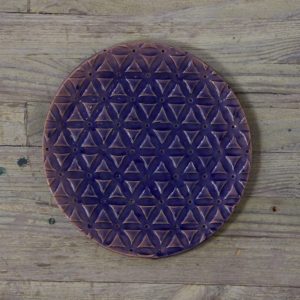
Il Fiore della Vita – Piatto – Cristallina Blu su argilla rossa – GiùinLabCeramiche.Scritto da Giambattista Giannoccaro (ricerca iconografica e testo) per Giú in Lab
(link: www.giuinlab.com)
Giú in lab. Il territorio. Ispirati dal contesto. L’esigenza di ottenere oggetti in ceramica per l’arredamento e per l’uso quotidiano, richiesta dal nostro lavoro di architetti intenti nel recupero e ristrutturazione di antichi casali, masserie, trulli da adibire a residenze estive o attività ricettive, nella progettazione ed l’allestimento di locali e residenze contemporanee, ci ha spinto ad immaginare, disegnare ed autoprodurre, oggetti che parlassero un linguaggio locale contemporaneo che non disdegni la tradizione. Pensiamo, che la ceramica oltre a rappresentare se stessa e lo spessore intellettuale di chi l’ha prodotta, deve evocare un racconto dei luoghi e delle genti “vive” di chi li abita.
Puoi scoprire di piú su Giú in Lab, Laboratorio di Ceramiche artigianali pugliesi.
(link: www.giuinlab.com)É un progetto di Anna Dibello e Giambattista Giannoccaro
(link: www.giuinlab.com)foto credits
(link: www.giuinlab.com)#Tipici
#Puglia #Basilicata -
![[2020 April 2nd] #dumest ~ around murge: EVENT OF APRILE 5TH 2020 CANCELED DUE TO COVID-19 EMERGENCY](https://news.dispensadeitipici.it/wp-content/uploads/dumest-_-around-murge-_-facebook-06_12_2020-1.jpg)
[2020 April 2nd] #dumest ~ around murge: EVENT OF APRILE 5TH 2020 CANCELED DUE TO COVID-19 EMERGENCY
[2020 April 2nd]
#dumest ~ around murge: EVENT OF APRILE 5TH 2020 CANCELED DUE TO COVID-19 EMERGENCY
It has been canceled due to the Covid-19 emergency “#dumest ~ around murge”, the appointment with the first Sunday of the month at DUMEST in Gioia del Colle (Bari, Puglia, Italy), scheduled for Sunday 5th April 2020. We hope that this state of emergency will end as soon as possible. We fully and firmly trust in science, in doctors, in the highest institutions. Come on, Italy. Come on, Europe. Come on, World.
“#dumest ~ around murge” is an invitation to discover a private collection that is unique all around the world, it is based in Gioia del Colle (Bari, Puglia, Italy), in the heart of Puglia on the border with Basilicata.
The DUMEST – which aspires to become the Museum of Peasant Civilization of Puglia and Basilicata – the first Sunday of the month opens its doors for free.
Goods, objects and stories kept preserved by the DUMEST tell the evolution of the peasant civilization, they give several stimuli for looking with new eyes at the history and traditions of the Murge, Puglia and Basilicata.
+INFO
pr@tipici.team
+39 3934628548
www.aroundmurge.infoimage
(link jpg: dispensadeitipici.it
